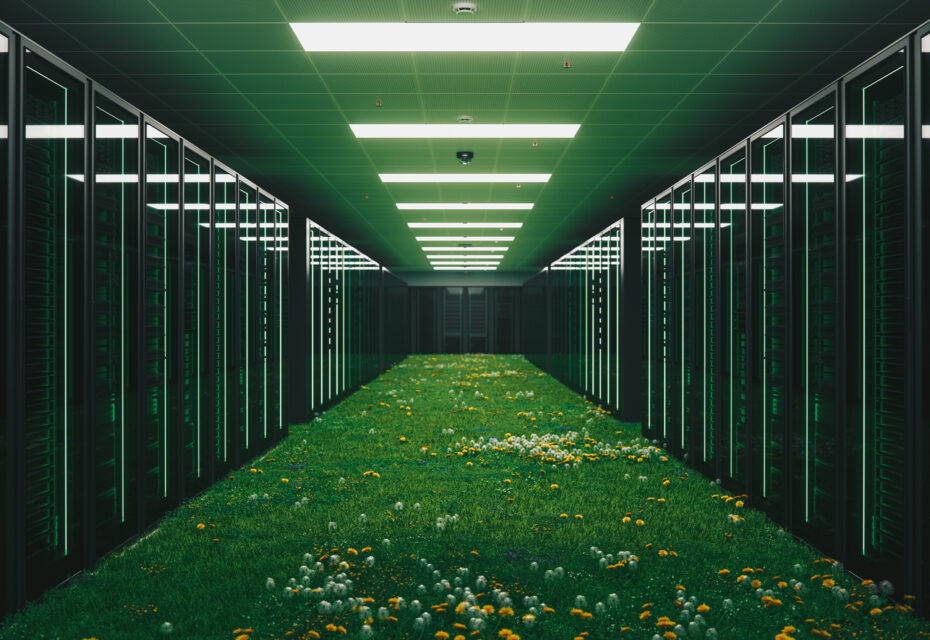// by Ourside Agency
As the digital world continues to grow, the impact of internet use on the environment has become a pressing issue. While it may appear that digital technology allows us to dematerialise various aspects of our lives, the internet is responsible for consuming 7-10% of the world’s electricity. If the internet were a country, it would rank as the 6th largest energy consumer.
One way to mitigate this environmental impact is by creating eco-responsible websites. These websites are designed to minimise their ecological footprint through sustainable development practices. In this article, we will outline the five best practices for eco-design to help you create a more environmentally friendly website.
Embrace Sober Design
Adopt the “less is more” approach by avoiding unnecessary complexity in your website design. Opt for a clean and simple layout with limited functionality and an ergonomic architecture. This not only optimises the code but also reduces energy consumption during page loading. Furthermore, minimising the number of requests and load times will improve your site’s environmental efficiency.
Optimise Code
Efficient programming is crucial in limiting resource usage. Select lightweight frameworks and eliminate unnecessary elements to conserve resources. WordPress is a popular content management system known for its lightweight code, making it an excellent choice for creating eco-friendly websites. However, avoid using pre-built themes that load excessive plugins and generate bloated code. Instead, opt for custom themes tailored to your specific needs. Discover here the other advantages of a custom made website here.
Compress and Optimise Images & Videos
Reduce the size of visuals on your website by using plugins or image compression services, which reduce the space they occupy on your server. Implement “Lazy Loading” techniques to load images and media only when necessary, allowing for faster initial page loading and reduced energy consumption.
Implement a Caching System
A caching system downloads common elements, such as style sheets, to the user’s computer, which reduces server requests and facilitates faster site loading. This not only improves user experience but also contributes to your site’s eco-responsibility.
Choose a Green Web Host
Selecting a green web host is an essential step in designing an environmentally friendly website. Servers contribute significantly to your website’s carbon footprint. Green hosting providers utilise renewable energy sources or carbon offsetting methods to minimise their environmental impact.
By following these best practices for eco-design, you can create a more sustainable and eco-responsible website. As an agency, we are committed to helping our clients achieve their sustainability goals while also optimising their online presence for search engines. By combining eco-friendly design principles with effective SEO strategies, we can help your website make a positive impact on both the environment and your business’s online success.
Check out our new Eco Conscious Web Design Service here.




